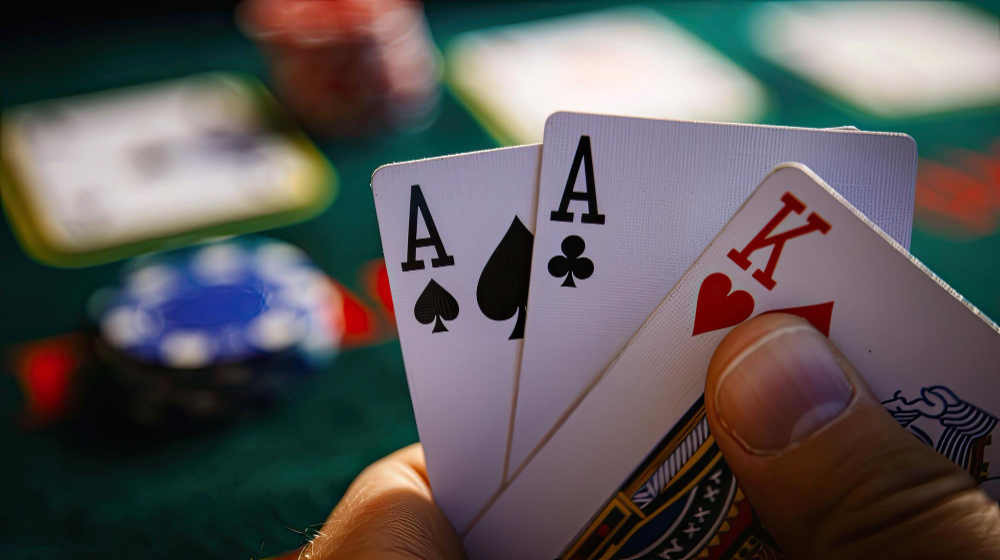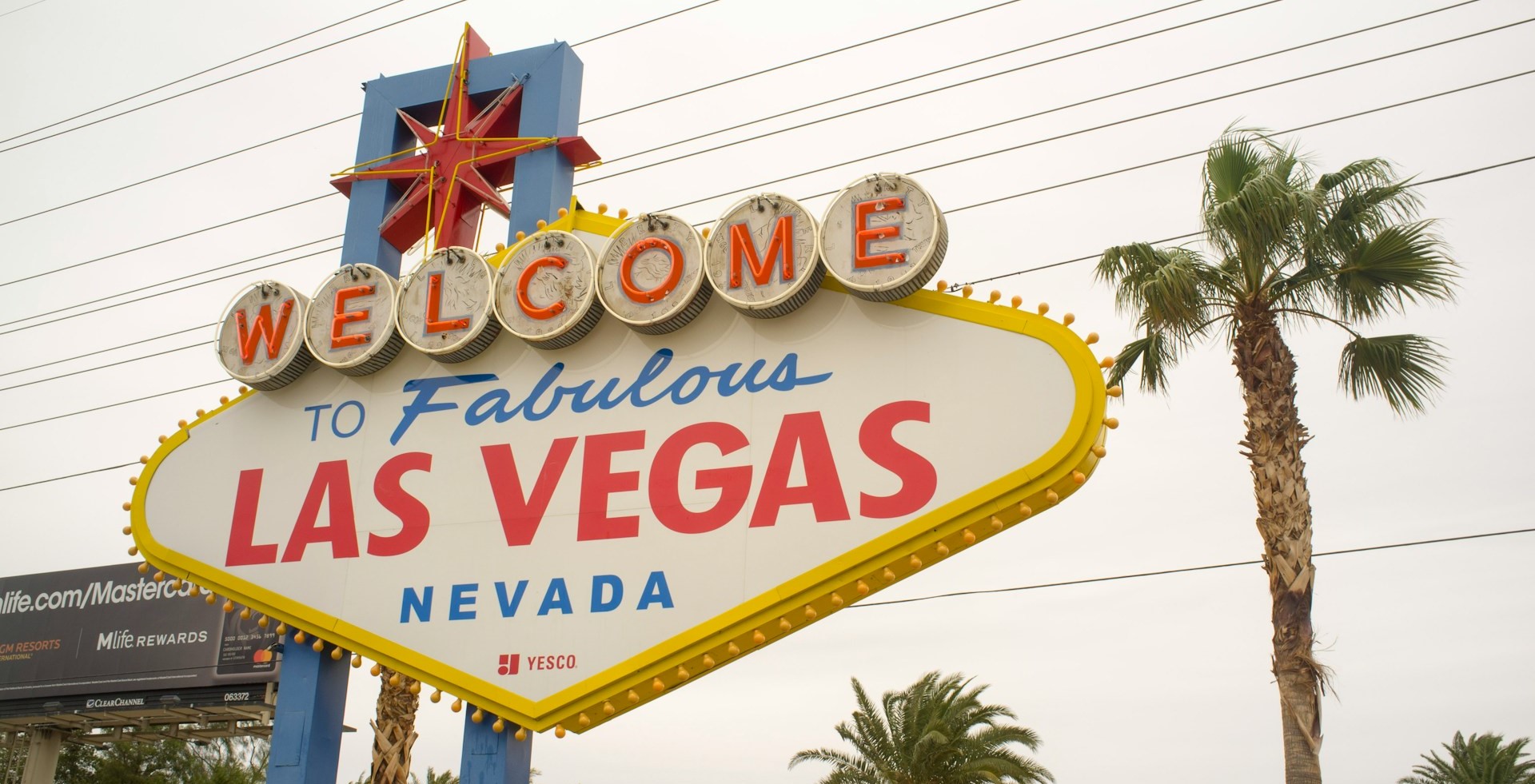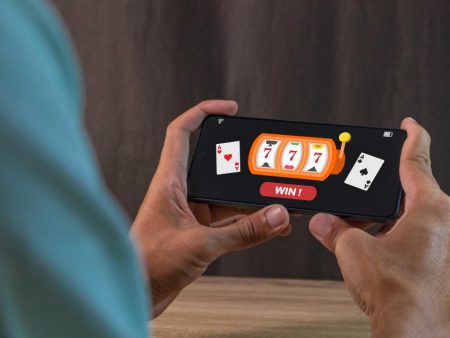
Blackjack is a game that every casino player is familiar with. Even most non-casino gamers are aware of blackjack and its cousins like Pontoon and 21.
It is one of the most popular games amongst all types of casino player, whether they be online or land-based punters, and regardless of whether they’re high rollers or just enjoy the occasional flutter.
This popularity comes from the fact that blackjack manages to find the perfect balance between simplicity and strategic challenge. It’s easy enough for you to be able to just start playing and learn the ropes but complex enough to test the grey matter of the most talented long-term players.
Unlike roulette, with its huge grid of different bets and craps with its long list of words and phrases you need to learn, blackjack just works. But, on the other hand, blackjack is also different to baccarat in that it gives players more control over the outcome of each game.
Most online casinos have also contributed to blackjack’s popularity. They’ve done this in two key ways, the first being the increased convenience that they’ve achieved through mobile apps that make it possible to play a few rounds from almost anywhere.
The second reason is that online casinos like PokerStars Casino offer players with a range of different versions of the game, including classic and premium, that cater to different tastes and budgets.
But whilst you’ve probably enjoyed many a round of blackjack, did you ever stop to give any thought to the fascinating history of this game?
Origins of Blackjack
There is a lot of debate amongst historians over where exactly blackjack originates. The reason for the difficulty is that it has shown up, seemingly independently, in multiple regions around the world at different times.
Versions appeared in France and Spain around the 17th century, though instead of aiming to make a hand of 21, players were tasked with targeting 31. In the centuries that followed, the game began evolving, edging closer to the version we know today.
Eventually, it made it over the Channel to the United Kingdom, where the game of “twenty-one” evolved. From here, the game made its way across the Atlantic to the United States where settlers enjoyed playing in the back rooms of saloons.
Las Vegas, the Birthplace of Modern Blackjack

In the early 20th century, as Las Vegas was slowly beginning to rise out of the dusty Nevadan desert, casino owners began looking for ways to get players through their doors.
A common way to do this at the time was to offer players with unique side bets or special rules that had more attractive payouts.
One of these was known as “black jack”, which resulted in an additional payout to players that landed a black jack card in their hand. Eventually, this rule disappeared, but the name stuck around, with almost everyone in the world now knowing the game of twenty-one as “blackjack”.
Strategy and Mathematics
One of the biggest ways that blackjack stands out from other casino games is that players have a sizable role in deciding the outcome of each round and that, with some effort, players can reduce the effective house edge of the game to almost zero.
This knowledge has made blackjack the obsession of many mathematicians, leading to many writing books about the game to help other players improve their playing strategies.
A few decades after twenty-one became blackjack, publications like The Optimum Strategy in Blackjack and Beat the Dealer began appearing. The latter, which was written by Ed Thorp and released in 1963, helped to popularise blackjack strategy and began teaching the world about the more complicated card counting approach.
In 1979, academics would take this to another level. As partially depicted in the movie 21 (2008), the MIT Blackjack Team was founded to use these strategies and techniques to take on casinos across the United States.
Today, the MIT team is disbanded, but these books and the techniques they gave birth to continue to drive more and more players to try and love this centuries-old casino favourite.











